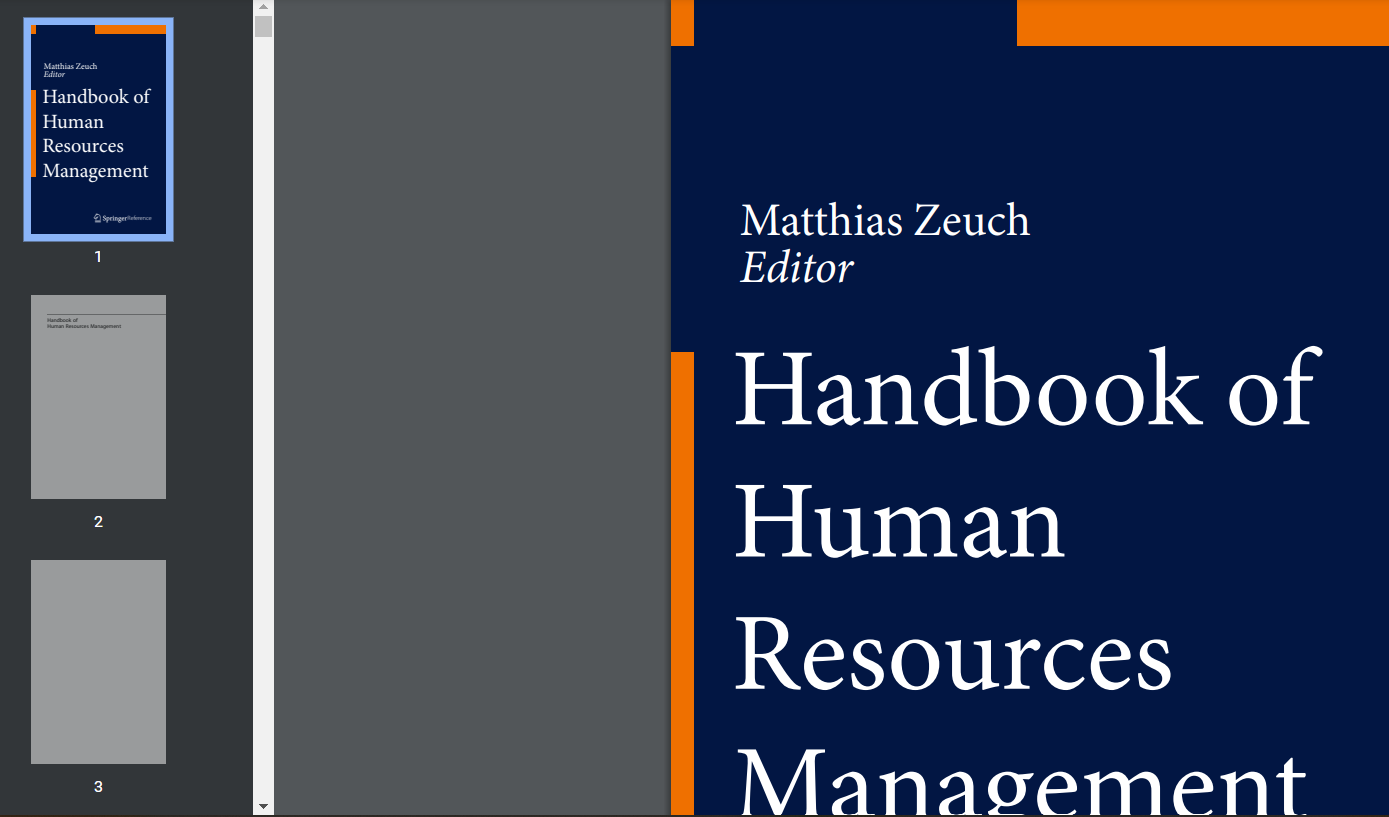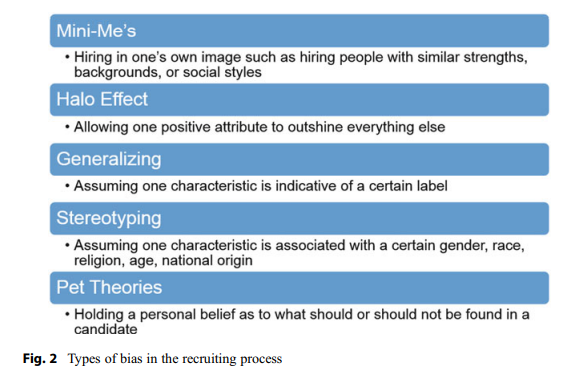An Overview of the “Handbook of Human Resources Management”
Matthias Zeuch’s “Handbook of Human Resources Management” is a complete guide to the art and science of managing people. The book is well-organised and systematically explains the essential ideas. The book discusses how management and employees see the workplace and work together. It also has a lot to say about the practice of human resource management.

Practical Implementation of the “Handbook of Human Resources Management”
Matthias Zeuch’s book is valuable and essential for people who work in human resources. It talks about all aspects of current practice, including e-learning and recruiting, which are relatively new. It also talks about how you can help your organization make changes.
| >>> You might interested in Free Personality Survey for Career to pinpoint what makes you unique.
The Handbook of Human Resources Management would be an excellent college text because it discusses history, principles, theories, practices, research, job descriptions, and human resource management (HRM). The author seems to have two goals: to give complete information about human resource management and to convince upper-level managers to include HRM in strategic planning.
This would give HR departments more power to help the whole organisation. Because this manual is written like a textbook, it may be best to read it chapter by chapter to get the most out of it. Different organisations have different philosophies, functions, and ways of doing things. This makes it a good topic for discussion when HRM professionals get together to share ideas and swap tried and proper methods.
The Handbook of Human Resources Management will give HR and company leaders an in-depth look at the most critical facets of high-performance recruiting and practical advice for making the process more efficient.
Those who read the book will learn to:
- Get a grasp of where HR Marketing and Recruiting came from and what it means now.
- Determine the foundational elements of an effective recruitment strategy.
- Consider the needs of all involved parties, primarily the applicant and the hiring manager.
- Justify spending money on human resources marketing and recruitment.
- Determine crucial measures for gauging the success of recruitment efforts.
- Acquire knowledge of the various candidate sourcing channels and the best way to optimise the source mix.
- Acquire knowledge of legal aspects and dangers associated with hiring, such as selection bias and brand exposure.
- Read up on different organisational structures that can be used to structure your recruitment department better.
- Determine how to improve the search for new employees.
- Recognise the role that technology may play in facilitating your hiring efforts.
- Get the inside scoop on the future.
Chapter preview: “Recruiting Bias”
When we meet a potential candidate, one of the first things we do is establish an impression of them. After that, we use our gut to assess if the candidate is worth pursuing further as a potential hire.
We then interview the candidate and go through in-depth interview rounds (if necessary). In this phase, an employer may make a wrong choice based on a false assumption about a candidate.
Unconscious bias, the tendency of humans to give weight to preconceived notions while making decisions, is the driving force behind this phenomenon.
This occurs frequently, yet it can significantly impact whether or not a candidate is hired. Furthermore, it could lead to legal trouble for the organisation and the loss of talents that would have been capable of doing the job without being passed over due to biases.

Do you know that traicie’s sourcing tools for recruiters can help the Recruiting Team with culture-based hiring but also increases the strategic, operational value of the recruiting process :
- Cost of a job board – Reduce annual spending on job boards
- Cost of HR tools – Reduce the cost of surveys and assessment tools
- Recruitment costs – Reduce selection costs
- Internal mobility – Fill more skilled jobs with internal staff
- Time to hire – Reduce the number of days a role goes unfilled
- Salary costs – Reduce overall salary costs
- Attrition – Reduce the rate of turnover
- Recruitment cost – Reduce the general recruitment cost
REQUEST A DEMO LEARN HOW TRAICIE WORKS